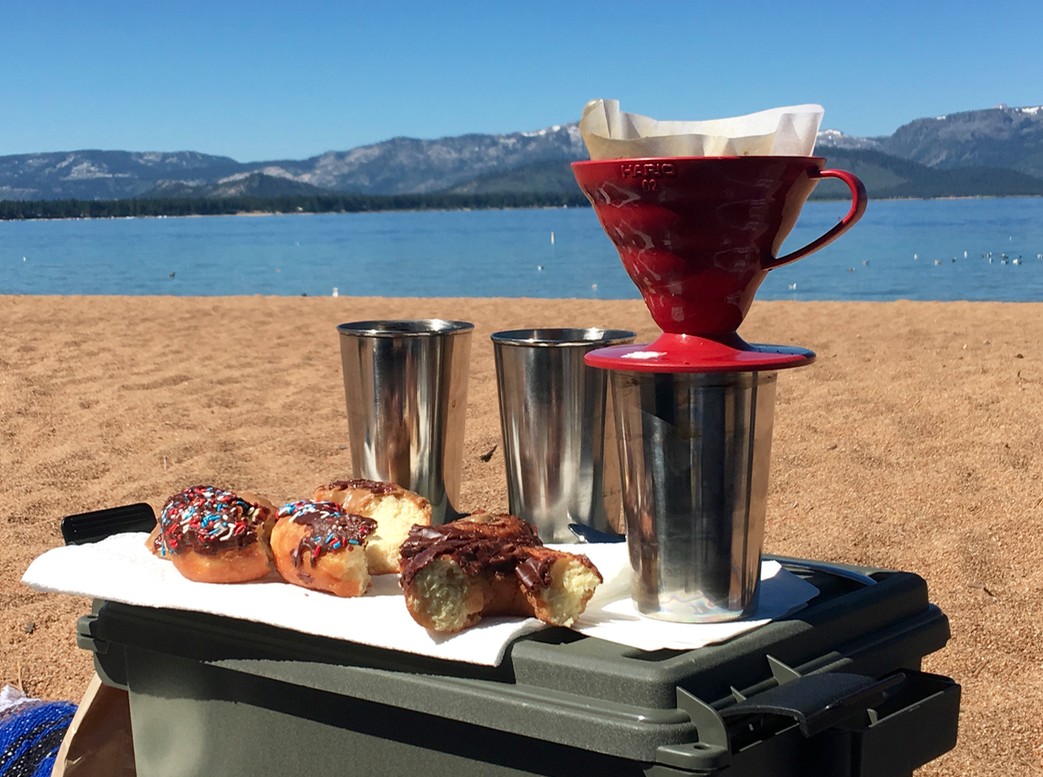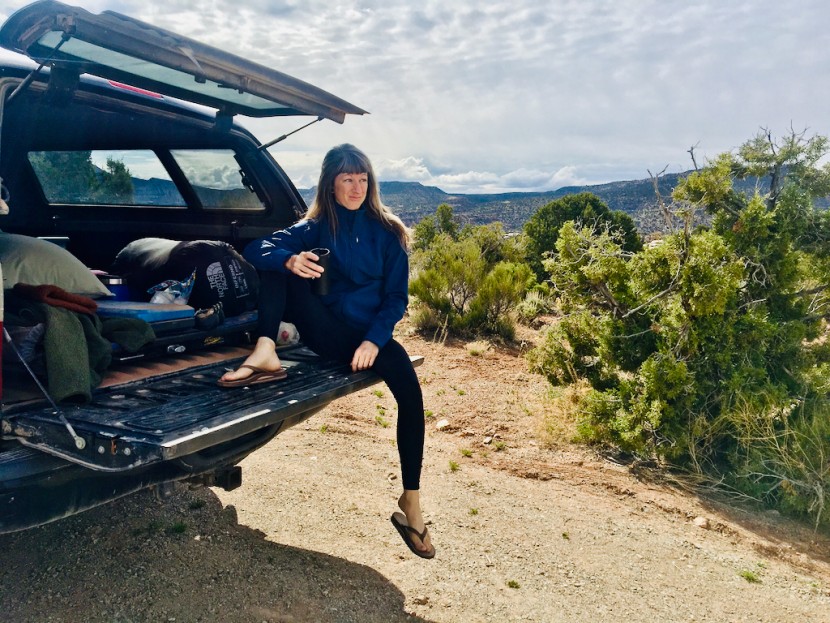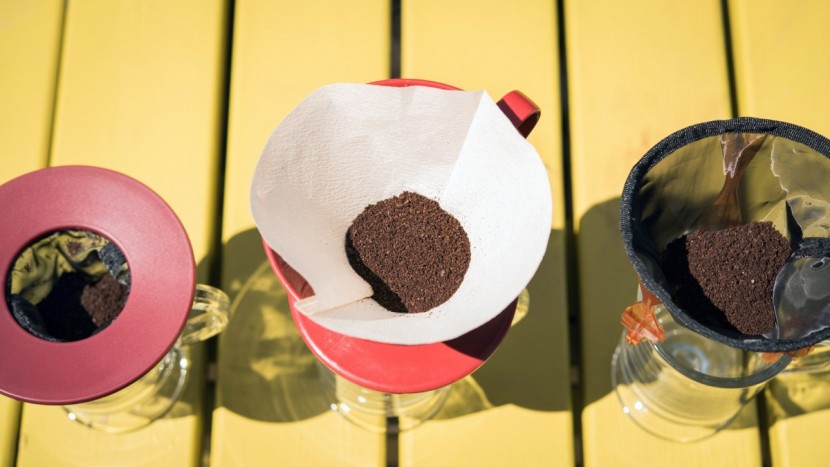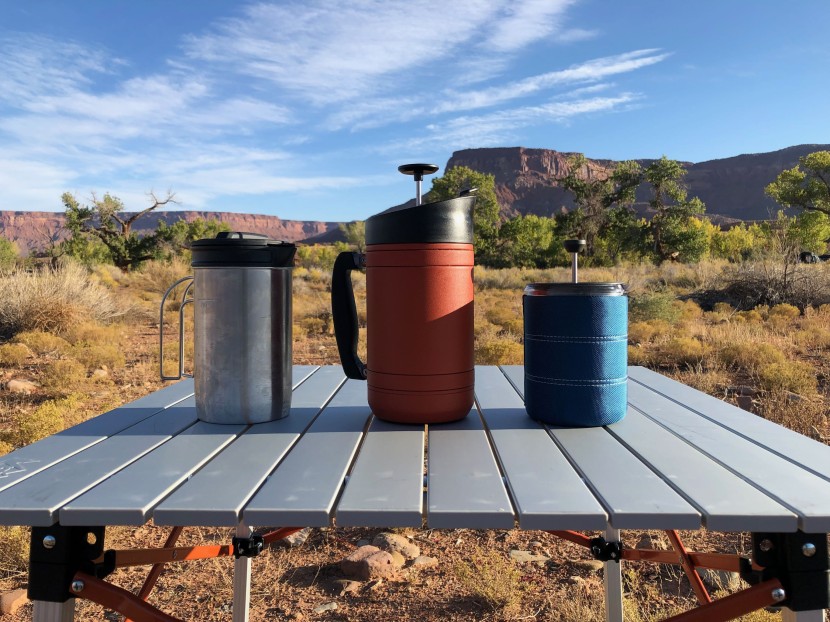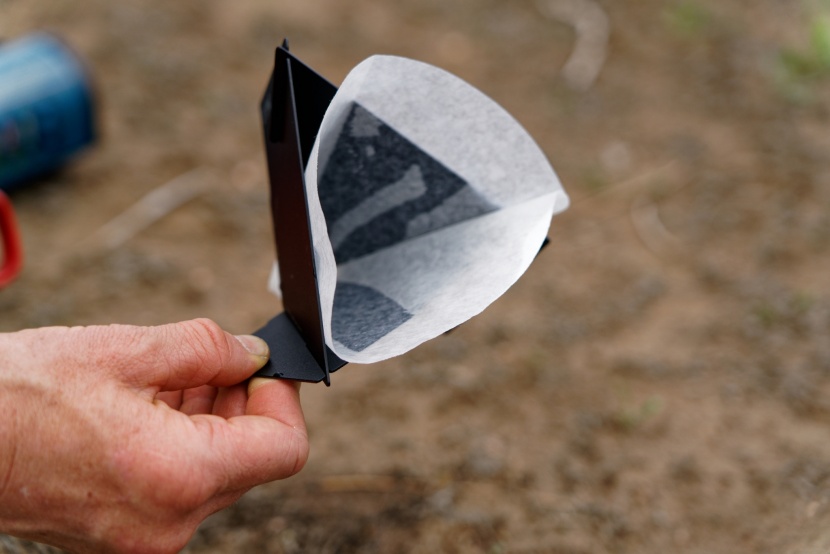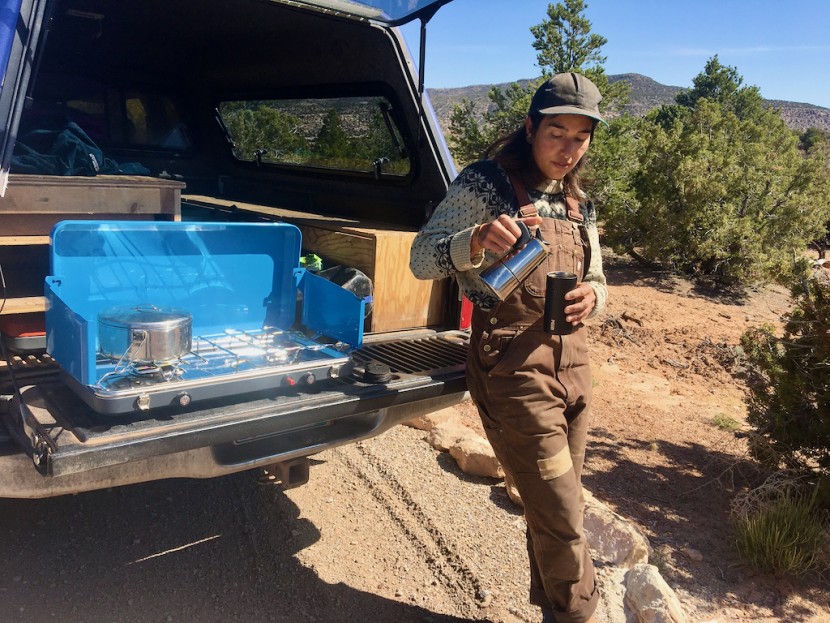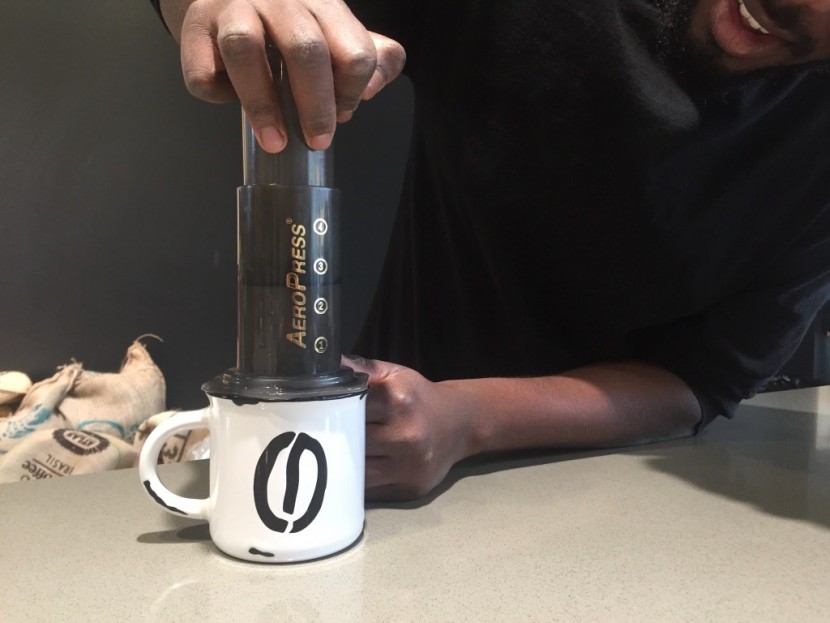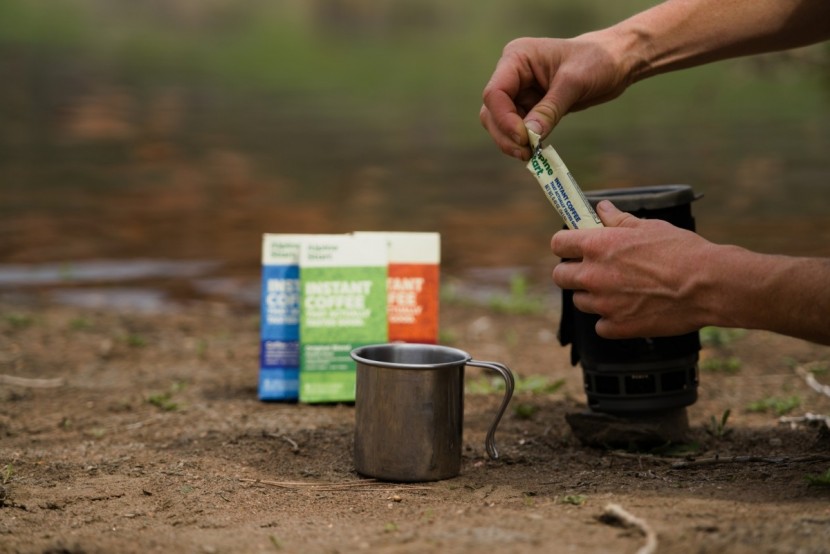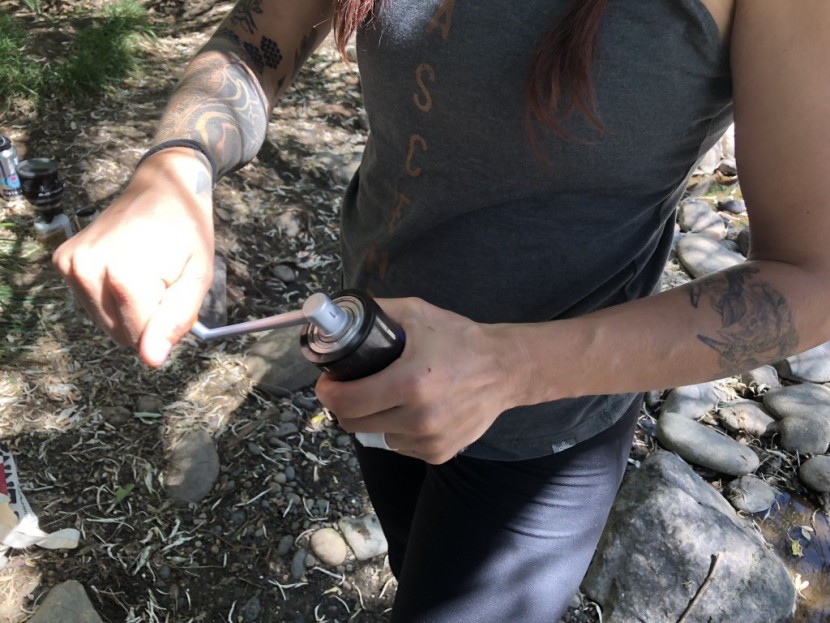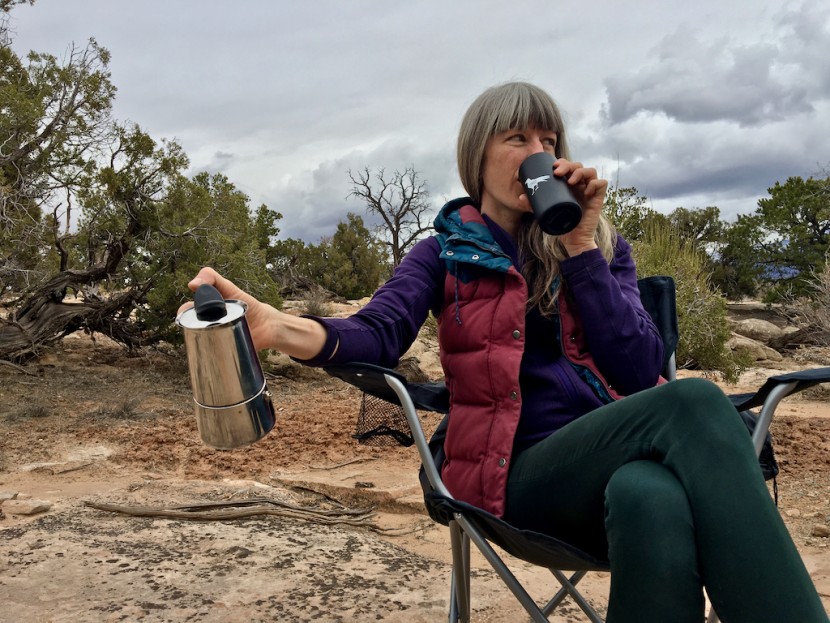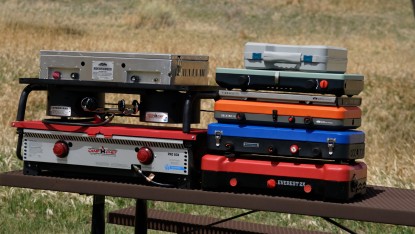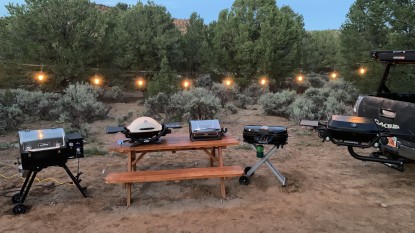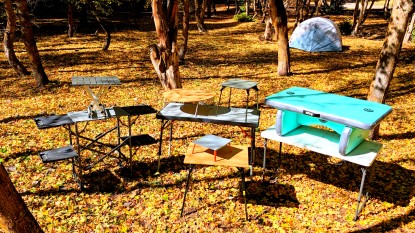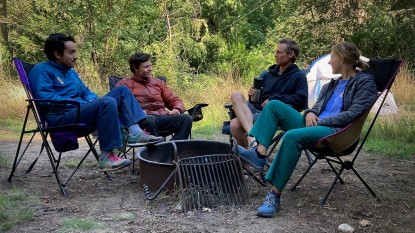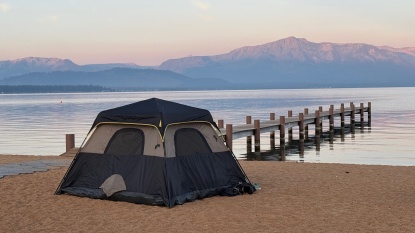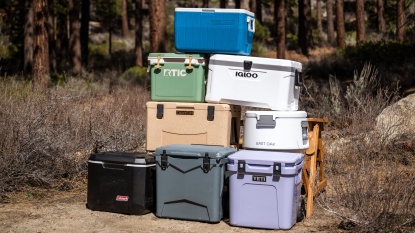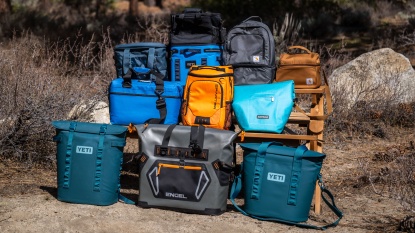While coffee is an essential part of the day for many people, choosing the perfect brewing device for camping isn't nearly as technical, involved, or essential as other outdoor gear purchases. If you pick the wrong camp coffee maker, it won't result in someone getting lost, hurt, or hypothermic. However, choosing a backcountry brewing method is of utmost importance for some of us and is not a choice to be taken lightly. If you are reading this, you are probably thrilled that there are so many options for taking your favorite beans into the woods! But how do you choose the perfect brewing device? Read on for insights from our team of backcountry coffee fiends.
All of the products in this review are more portable than a countertop espresso machine and can meet your need for backcountry caffeine. The critical factor is this: can they satisfy your refined palette or coffee-making style? We know that our team of testers would never settle for just any cup of cheap bitter Joe, so we searched out the best and most delicious ways to brew in the great outdoors.
How to Choose?
Read on for some of the critical things to consider when trying to decide on your purchase:
How important is flavor to you?
If this is the most important factor — as it typically is for our review team — then focus on flavor and commit to learning how to brew best with whatever device you choose. Pick a brewer that helps coffee realize its full potential instead of masking or ruining it. Dial in a recipe and system before you head out on a camping or backpacking trip so that you'll be that much more likely to have the perfect cup every time. Or wing it and perfect your brewing style on the fly with the recognition that your first few rounds might taste a little sub-par.
How many people do you want to be able to serve?
Do you need a coffee maker for solo backpacking trips, or do you tend to go car-camping with a big group? Does it make sense for everyone to use their own separate brewers or to have one that can accommodate everyone easily and efficiently?
How easy is the brewer to use?
Does the brewer come with a ton of fiddly parts to mind? How easy is the brewing process? What filters or other accessories might you need to buy? Is it easy to clean? You can use our review to assess your preferences for managing easy vs. involved recipes, bare-bones brewers vs. those with extra accessories, and whether clean-up is a straightforward or involved process. All of this is key to making sure you're excited to use your new brewer.
Do you need the lightest possible method?
Are you trying to shave grams for an upcoming backpacking trip? If you're looking for a brewing device for backpacking or other weight-conscious activities, be sure to pay attention to this and triangulate between the other metrics that are important to you.
Do you need a compact brewer because space is at a premium?
If you're looking for a brewer that occupies minimal space in your pack or kitchen bin, then take extra note of size and weight. Consider how packable the brewer is and whether it will work with your current setup.
Types of Coffee Makers
If you require coffee every morning, chances are you have a preference for how you like to brew it. You may already have an idea of what you are looking for, but below we offer a quick coffee maker rundown. If you want more details, see our best camping coffee maker review for a breakdown of the factors we prioritize when purchasing a coffee brewer for camping and backcountry adventures.
Percolators
Percolators are the old-school way of brewing while camping (well, short of cowboy coffee, where you just boil water and throw in the grounds). Typically, a percolator is a metal pot with a basket inside, which you fill with grounds. The pot is placed on a burner or the fire, and as the water from below boils up through a tube, it bubbles through the ground coffee and into a see-through glass knob. For the best flavor, once percolation begins, you will need to start a timer. Brewing takes about five minutes and can have a rough or muddy flavor. When coffee is boiled or reheated — especially for too long — it tends to be very bitter and acidic (and we're not talking the “good” acidity of a fruity light roast).
French Press
French presses are the method many of us are the most familiar with in our home kitchens. Almost everyone who drinks coffee has experience making or drinking French press coffee. French presses are easy to use but annoying to clean when you don't have access to running water, like when you're in the backcountry. You make your cup by placing grounds in the bottom of a container, adding water, and allowing it to steep. When you are ready to drink, push down a screen to trap the grounds in the bottom and pour out your drink. For the best results, you should keep your brew time to about 4 minutes and pour all the coffee out immediately. With most French presses, the longer you leave your liquid sitting inside, the sludgier and murkier it becomes — which, to be fair, some people love. Even if you do pour everything out right away, there tends to be some amount of muddiness or grit in the last cup. This is changing with devices like the Espro Ultralight Travel Press, which has a double micro-filter and optional paper filters, and the Planetary Designs BaseCamp with its patented Bru-Stop filter. These upgraded models remove more particles and stop extraction completely once pressed.
Pour-Over Style Drip
The pour-over is a simple yet refined way of making your morning cup of Joe. True coffee snobs have very particular methods for using these devices, such as grinding only with a burr grinder, measuring the exact weight and temperature of the water, using a gooseneck kettle for precision pouring, and timing how long the water sits on the grounds. For those of you who aren't that particular, it still makes a satisfying cup without much fuss. Since all it requires is a cone and a filter, it is easily portable, though most are an awkward shape for backpacking. There are many non-filter options available as well. Our favorite pour-over brewers are the Editors' Choice Miir Pourigami and the tried-and-true Hario V60.
There are dozens of ways to level up your coffee brewing regimen, but an easy way is to always rinse your paper filter before brewing. Not only does this help the water drip through more consistently right from the start, but it also removes trace amounts of paper-flavor that can transfer into your cup.
Espresso Makers
An espresso maker pumps pressurized water through coffee grounds to produce highly concentrated servings of coffee with a layer of caramel-colored crema on top. Most backcountry espresso makers cannot get sufficiently pressurized to produce crema, but a few can get close. For folks who never want to sacrifice robust espresso, even in the backcountry, the Wacaco Nanopresso is compact enough for camping or travel and can build enough internal pressure to give you excellent flavor and nearly expert-level crema. For an espresso maker that is a bit more straightforward and easy to clean, but that makes slightly less delicious espresso, the Bialetti Musa is a fantastic stainless steel version of the classic Bialetti Moka Pot stove-top espresso maker. Who says you can't be classy in the backcountry?
The AeroPress, in a group by itself
The AeroPress often gets grouped with espresso makers and, while it can produce a very strong cup and even a wee bit of crema, it's more of a hybrid in a class by itself. One part french press, one part pour-over, a nod to espresso, and that's the AeroPress.
Instant
For those of you who are big on flavor, this will probably be your last resort. But if you are concerned about weight, portability, speed, and simplicity, instant is the way to go. Instant coffee only requires a mug and some water. Your water doesn't even have to be hot! The downside is that it never tastes as good as freshly brewed coffee, and it's more expensive and wasteful if you break it down by cup. However, for alpine and big-wall climbers, ultralight backpackers, or thru-hikers, this can be an ideal method. Besides, some modern options rival freshly brewed coffee, now that craft coffee roasters have started making instant coffee. We were seriously impressed with Alpine Start's variety of delicious offerings, and the Ethiopian single-origin from First Ascent.
On Grinding
One of the decisions you will need to make is whether or not to pre-grind your coffee. If you need to save on space, weight, and time, then heading into the backcountry with pre-ground coffee is a great way to do just that. It's also preferable if you want to roll out of your sleeping bag and brew coffee with minimal effort. Yes, freshly ground coffee is amazing and preferable when at home, but using a hand grinder isn't for everyone. It will add time, labor, and maybe even a forearm pump to your morning coffee-making process, not to mention weight in your bag. That being said, if you're car camping and want only the best, there are several portable hand grinders that we recommend.
- The GSI Javamill is a staff favorite. It is a relatively lightweight burr grinder with a slim, durable design, and the handle packs down when not in use.
- A lovely stainless steel option is the JavaPresse manual burr grinder. It's not fast, but the quality of the grind is exceptional, the device is slim, and it has a removable handle.
- The Hario Skerton is another option, though it has a glass-bottom chamber, making it less durable and less ideal for the backcountry.
- The Mini Porlex is preferred by many coffee connoisseurs and also offers ceramic burrs and a handle that removes for better packability.
What Beans to Buy?
There are a zillion things to consider when choosing what beans to purchase. It can be overwhelming and confusing, but here are a few guidelines to consider:
Find a local roaster in your area
This is a great way to support smaller businesses and ensure freshness. If you can visit a roaster directly, you will be able to ask questions, learn more about the farms where your beans come from, and try new things.
Consider an online subscription
If there isn't a craft roaster where you live, consider an online subscription. There are lots of options all over the United States and beyond for having fresh, small-batch roasted beans delivered directly to your door.
Be open to trying different roast profiles
While many people prefer dark roasts, light roasts retain more of the unique nuances of the bean's origin and processing method in their flavor profile.
What is processing method anyway?
This has to do with how the ripe coffee cherries were handled after being harvested, and it absolutely affects how your brewed coffee will taste. For a rundown on the main methods and what they mean, there are many informative articles to be found online.
Check the roast date on the bag
Try to purchase a coffee that has been roasted within the last three weeks. Beans are good longer than that, but for optimal flavor and freshness, this time window is ideal.
Buy whole bean
If at all possible, purchase your coffee whole bean and grind to order at home. If this isn't feasible for you and you need to have the cafe or roastery grind for you, try to use the coffee within one week. Either way, store your coffee in a tightly sealed container in a cool dark place.
Store in the freezer? No!
Do not store your coffee — whether ground or whole bean — in the freezer. This destroys some of the more delicate oils that help create lovely flavors in the cup. But do store your coffee in an airtight container to lock in some of the freshness of the beans.
Conclusion
Whew, look how much you've learned! We hope all this information helps guide you in finding your perfect beans and brewing device.
For tips and tricks while backpacking, do some recipe research before you head out. If you're car camping and weight is not a concern, consider learning how to use a dutch oven.

